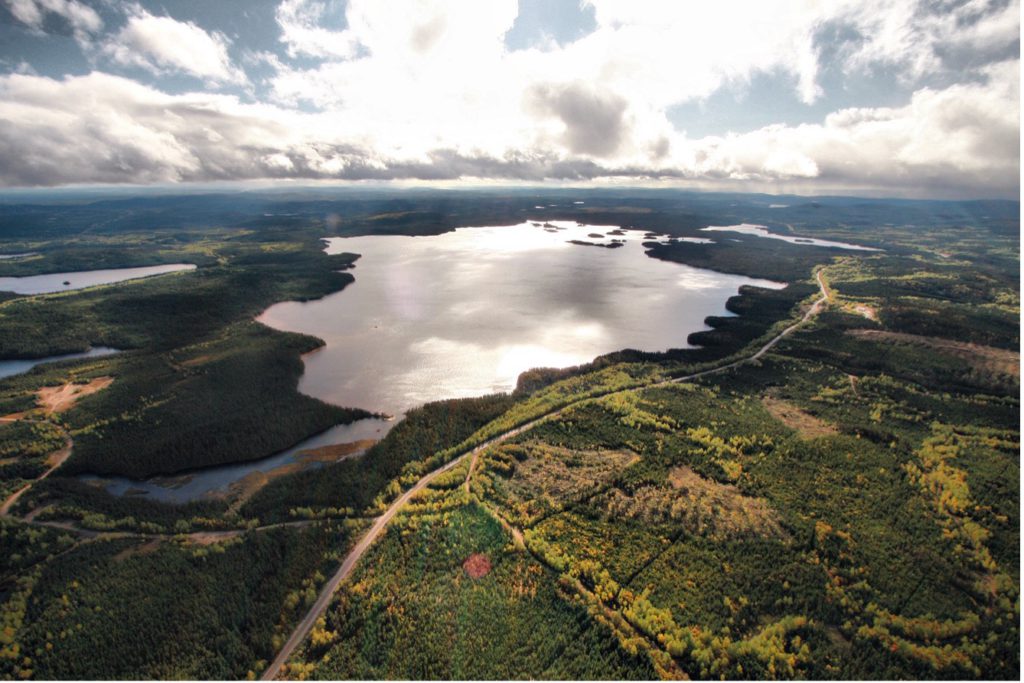Arianne Phosphate’s US$1.7B Quebec project to be major supplier


Arianne Phosphate (TSXV: DAN; OTCQX: DRRSF) says its US$1.7 billion Lac à Paul purified phosphoric acid (PPA) project could be the largest producer of the fertilizer and battery ingredient outside of China, according to a new prefeasibility study.
Lac à Paul in the Saguenay-Lac-Saint-Jean region about 450 km north of Quebec City has a projected annual production capacity of 350,000 tonnes of phosphorus pentoxide (P2O5), Arianne said on Thursday. The company told The Northern Miner by email it wasn’t publishing after-tax figures, only pre-tax, which came in with a net present value of US$4.5 billion at an 8% discount rate. The pre-tax internal rate of return is 32.8% with a payback of roughly three years.
“The advent and growth of the lithium iron phosphate (LFP) battery provides extremely compelling economics,” Ariane president Brian Ostroff said in a release. “The study also demonstrates the opportunity for our Lac à Paul mine to have a local customer.”
PPA is a crucial agricultural commodity for enhancing crop yields and meeting global food demand. North and South America, Western Europe and parts of Asia face shortfalls and rely on imports to satisfy growing demand. While about 85% of phosphate is currently used in fertilizers, emerging technologies like LFP batteries are driving additional demand. Canada added phosphorous to its critical minerals list this month.
The project’s $1.7-billion construction forecast includes a contingency of about $240 million. Operating costs are estimated at US$1,195 per tonne. The company expects annual sales of US$1.1 billion. That’s from 350,000 tonnes of PPA priced at US$2,300 per tonne, 220,000 tonnes of secondary acid at US$1,200 per tonne, and three million tonnes of byproduct gypsum at US$10 per tonne. Surplus electricity generated could be sold to the grid, although this revenue isn’t factored into the project’s financial model.
Comments